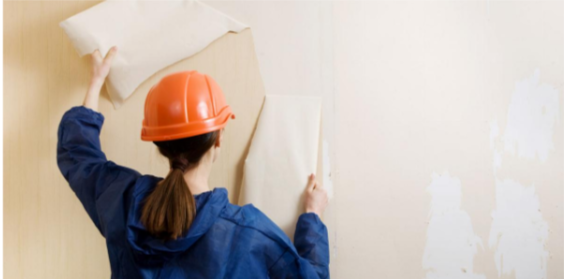
Your Blueprint for Success: Navigating the World of Home Flipping Courses
Table of Contents
ToggleThe world of home flipping has captured the imagination of many, promising the potential for significant returns on a real estate investment.
However, this industry is highly competitive and comes with a fair share of risks. Success is rarely achieved by chance; it is the result of a solid education, strategic planning, and careful execution. For aspiring investors, enrolling in a dedicated course is often the best first step.
To ensure you are getting the most value from your education, it is essential to know what to look for. This article outlines the key factors to consider when choosing from the many home flipping courses available.
Instructor Expertise and Track Record
The instructor’s real-world experience is arguably the most critical factor. The person teaching the course should have a verifiable track record of successful property flips.
Do they still actively flip homes? Can they provide concrete examples of their own projects, including the challenges they faced and the solutions they implemented? Look for an instructor who has been in the trenches and understands the current market.
Learning from someone who has navigated the complexities of financing, renovation, and selling will provide you with a practical education that goes beyond theory.
Comprehensive Curriculum
A high-quality course should provide a comprehensive curriculum that covers every stage of the flipping process. This includes topics such as finding and analyzing properties, securing financing, understanding renovation costs and timelines, managing contractors, and effectively marketing the finished home.
The best home flipping courses will also delve into legal aspects, taxes, and risk management. A curriculum that is both broad and detailed will equip you with a holistic understanding of the business, preparing you for all the challenges you will encounter.
Hands-On Learning and Case Studies
Theory is important, but practical application is where the real learning happens. Look for a course that incorporates hands-on learning, such as detailed case studies of actual flips. These case studies should include before-and-after photos, a breakdown of all costs, and an analysis of the final profit or loss.
Some courses may even offer site visits or mentorship opportunities. The more practical and real-world the content is, the better prepared you will be to apply your knowledge in a real-life situation.
Cost and Value
The cost of home flipping courses can vary dramatically, from a few hundred dollars to several thousand. It is important to evaluate the price in the context of the value provided.
Consider what is included in the fee: is it just the educational material, or does it also include templates, software, access to a network, or personal coaching?
A more expensive course that provides ongoing mentorship and a community of peers may offer a better return on investment in the long run than a cheaper course with no support.
Student Testimonials and Reviews
One of the best ways to gauge a course’s effectiveness is to look at feedback from previous students. Seek out independent reviews and testimonials, and don’t just rely on the ones posted on the course website.
Look for specific details in the reviews, such as how the course helped them overcome a specific challenge or how it contributed to their success.
A consistent pattern of positive feedback and verifiable success stories is a strong indicator that the program delivers on its promises.


